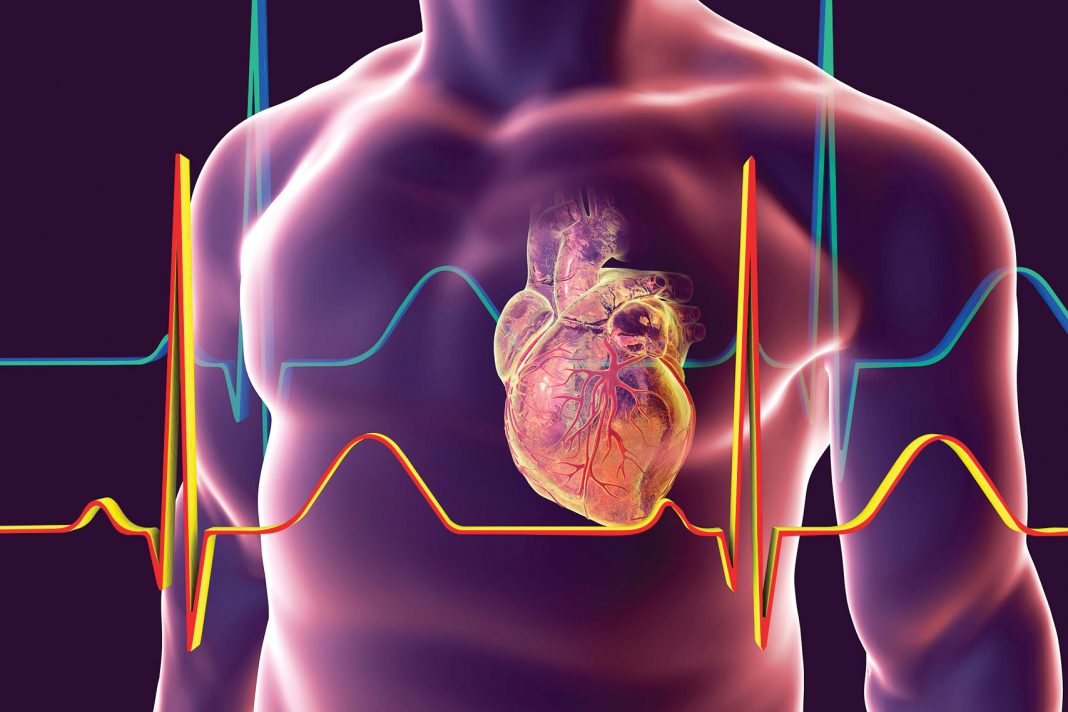The dream of using adult stem cell therapy to heal heart tissue after a heart attack may be, if not dead, then at least on life support. A new study suggests the benefits of such therapies are directly due to a modified immune response, not the injected cells themselves.
Cell therapies involve the injection of adult stem cells, often derived from bone marrow or heart tissue, following an infarct. Originally thought to generate new cardiomyocytes, studies and clinical trials using cell therapies since the early 2000s haven’t shown much evidence of this, but have nevertheless shown evidence of a modest improvement in heart function following a heart attack.
“There’s been a lot of controversy in the field,” says Jonathan Epstein, MD, a cardiologist and professor of cardiovascular research at the University of Pennsylvania. With no good evidence of tissue being regrown, he says, the field shifted “to suggest that perhaps the cells were secreting some valuable cytokine or factor.”
In their recently published paper in Nature, Jeffery Molkentin, MD, director of molecular cardiovascular biology at the Cincinnati Children’s Hospital Medical Center and Howard Hughes Medical Institute and his colleagues employed an array of strategies to conclusively isolate the cause of that modest improvement seen in cell therapy studies.
Utilizing injections of two types of adult stem cells—fractionated bone marrow mononuclear cells (MNCs) and cardiac progenitor cells (CPCs)—in post-ischemic injury mice, they not only found the reported improvements in heart function could be blocked by co-administration of the immunosuppressant drug cyclosporin A, but that the improvement could also be elicited by injecting an immuno-stimulant drug, zymosan, alone, without injecting cells. The zymosan in fact produced a slightly better improvement than did the cell therapies, Molkentin says, suggesting that cells in “cell therapy” clinical trials are not really what those trials should have been about. “We didn’t understand the mechanism of action. It was presumed that they would make new cardiomyocytes but that never happened,” he adds. “So the whole premise for all these clinical trials in humans is basically unfounded.”
Instead, Molkentin says, it appears that injecting cells is just one way to trigger an acute innate immune response that modifies the healing response of heart tissue after an injury. “After a myocardial infarction, there’s a window of time when the scar sets up and then everything aligns and there’s fibrosis and the remaining area of myocardium can be remodeled in a specific way,” he says. Injecting cells or the right immunostimulant during this window of time can “reinitiate a healing response with a selective type of macrophage activity that appears to benefit the mechanical properties of that scar.”
And that macrophage activity appears to be key to the pro-healing effect in cell therapies and zymosan treatment, according to Molkentin, both of which increased the activity of CX3CR1+ macrophages in particular. When they selectively inhibited macrophages, leaving the rest of the immune system intact, “that blocked the pro-rejuvenating like effect of cell therapy injection,” he adds.
To test the idea that the injected cells were actively secreting some factor or signal, Molkentin and his colleagues injected dead, fragmented cells post-infarct, and found these too stimulated an immune response and improved heart function.
That particular step was fairly convincing to David Kass, MD, a professor of cardiology at Johns Hopkins University School of Medicine.
“It does kind of put the kibosh on the idea that it wasn’t the cells, it was what they were secreting; it’s the magic juice they make,” he says. “Jeff has shown here that he can kill the things—he chops them up, he kills them, he injects them. There’s no way they’re secreting squat.”
What the new work doesn’t address is the potential of induced pluripotent stem cells (IPSCs) as possible means of regenerating damaged heart tissue, although given Molkentin’s work, Kass says he would like to see if IPSCs retain their promise after immune suppression with cyclosporin. “Maybe it’s really all the same thing, I don’t know.”
The new study is not without critics.
Eduardo Marban, MD, PhD, is a cardiologist and director of the Cedars-Sinai Heart Institute, whose cell therapy research focuses on cardiosphere derived cells (CDCs). He commented on the paper by email, writing that he believes the MNCs and CPCs used by Molkentin and colleagues are no longer cutting edge and that CDCs are different, triggering effects that can be mimicked by secreted factors such as exosomes.
“CDCs are quite different,” Marban wrote. “Cell identity matters.”
Marban is the co-founder of Capricor, a company that has been developing CDC-based products.
For Molkentin and his colleagues however, their paper suggests a path forward focusing not on stem cell types, but on modifying and extending the innate immune response they’ve now identified as being behind the benefits of MNC- and CPC-based cell therapies.
“What we’re really interested in is the more inflammatory side of this and ways to potentially optimize that initial healing event after the primary infarct itself,” he says. “Let’s just make that healing response as optimal as possible right from the onset so we don’t ever need cell therapy. That’s what we’re working on right now.”
But that doesn’t mean Molkentin is ready to call a moratorium on the use of existing adult stem cell-based therapies.
“There’s certainly other ways that we could think about doing this,” he says. “But cell therapy isn’t that big of a leap to still keep doing, because it’s approved and safe. And even though really all it’s doing is stimulating the immune response, it works, so it could still be used.”







